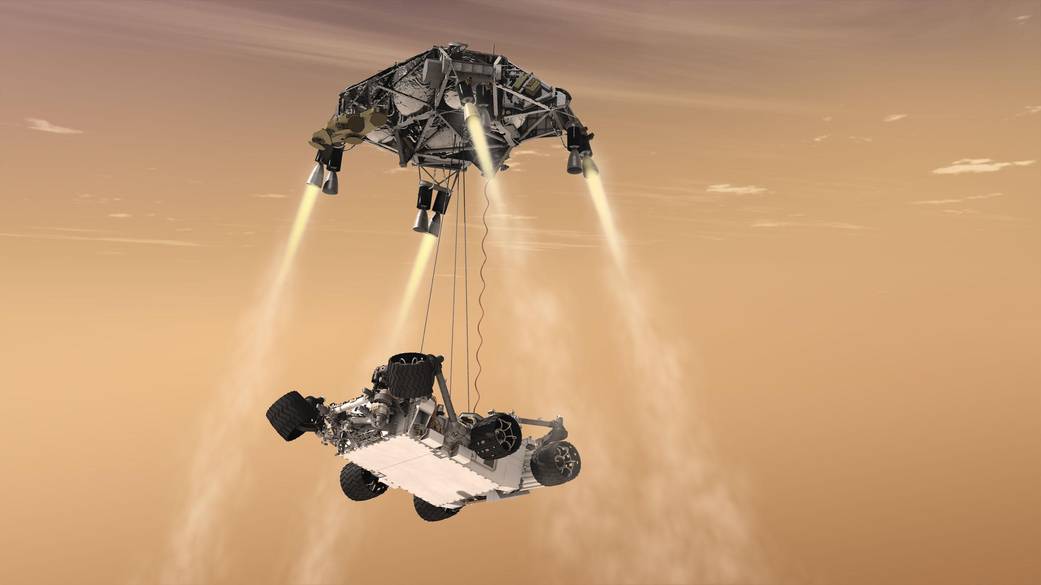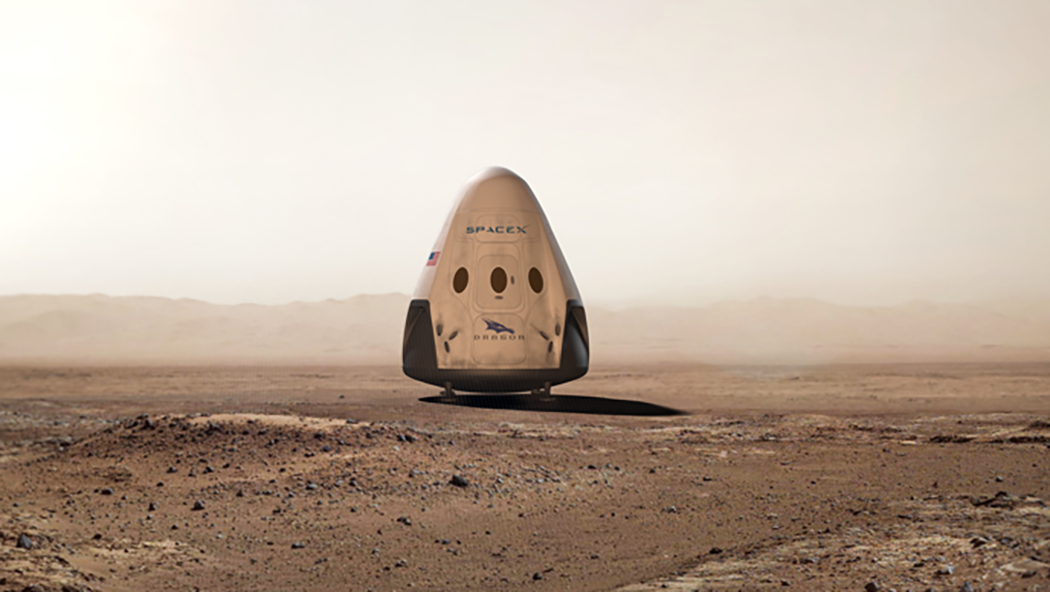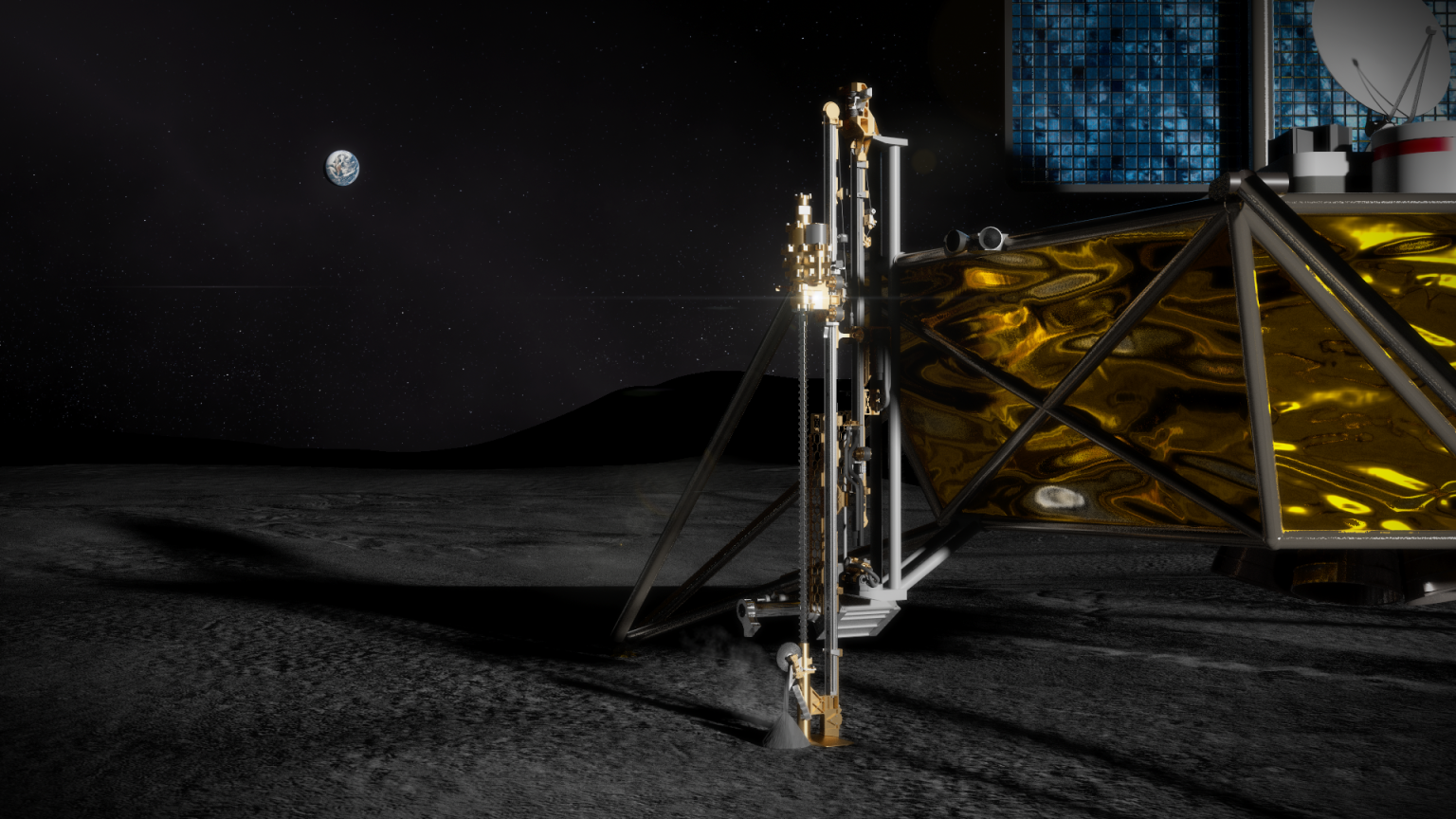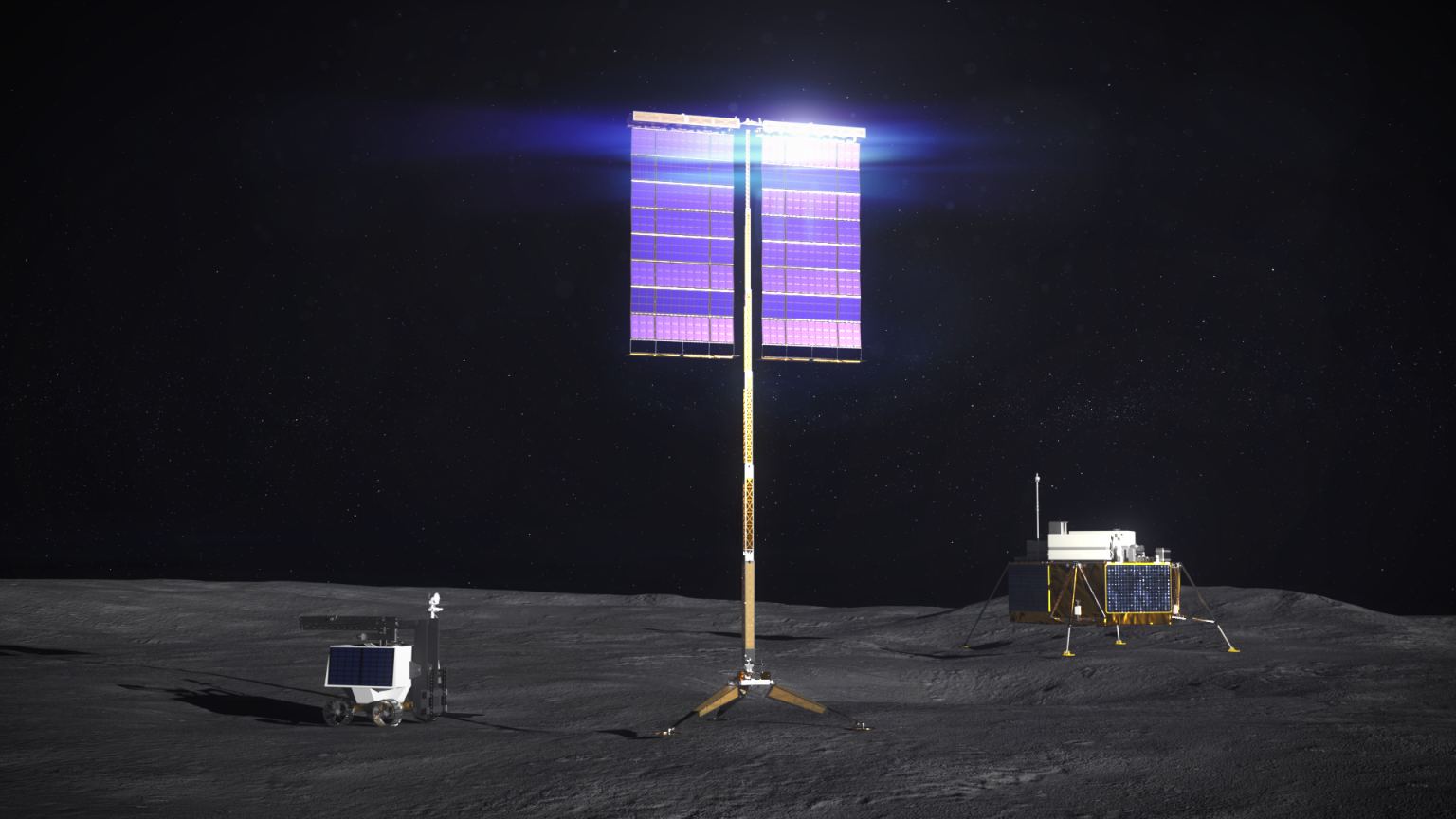Note: Please note that this is an “archived project” and is no longer updated. This article is meant for historical purposes only.
NASA’s continued interest in developing commercial partnerships launched a collaboration with Space Exploration Technologies Corporation (SpaceX) and its Mars Red Dragon activity. This technology demonstration seeks to provide flight data at Mars relevant conditions, which is applicable to human scale missions to Mars. Future advanced robotic and human missions to Mars require the ability to land much larger payloads than current capabilities, such as the Mars Science Lab (MSL). Recent highly successful SpaceX Falcon 9 first stage rocket demonstration flights show that progress with propulsive descent capabilities relevant to Mars Entry, Descent, and Landing (EDL) can be achieved in the near term.

Under the Non-Reimbursable Space Act Agreement (NRSAA) with SpaceX, NASA will provide support to a SpaceX-led technology demonstration mission to Mars utilizing a modified Dragon 2 entry vehicle launched atop a Falcon Heavy rocket. The aim of the Propulsive Descent Technologies (PDT) project is to advance the state of the art for high mass Mars EDL, and to advance technologies associated with Mars propulsive descent at supersonic conditions, a capability that maps into NASA’s ultimate goal of delivering humans to Mars.
Current technologies advancing under PDT are:
Red Dragon Technology Demonstration – a NASA partnership with SpaceX to perform an atmospheric flight demonstration of EDL at Mars, involving technologies such as SRP and Plume Surface Interaction.
Supersonic Retro Propulsion (SRP) – an Entry, Descent and Landing (EDL) technology that relies on retrorockets at supersonic speeds to decelerate a vehicle as it travels through the atmosphere.
Plume-Surface Interaction – technologies that characterize and model soil and bedrock erosion on a planetary surface, due to the effects caused by rocket engine plumes of large mass propulsive landers.































